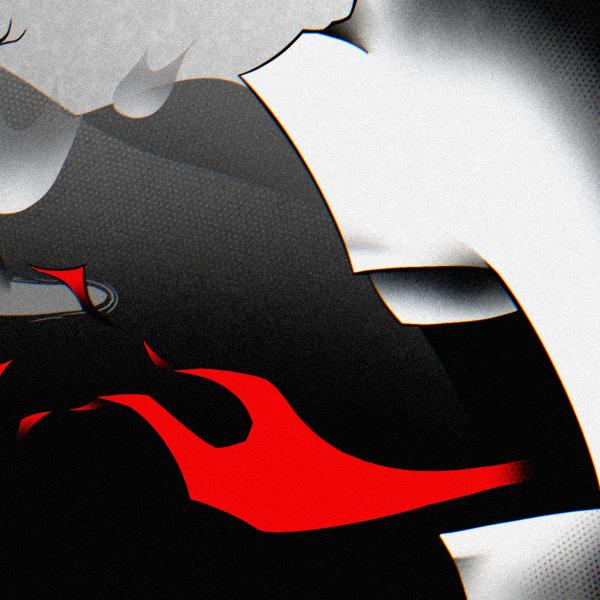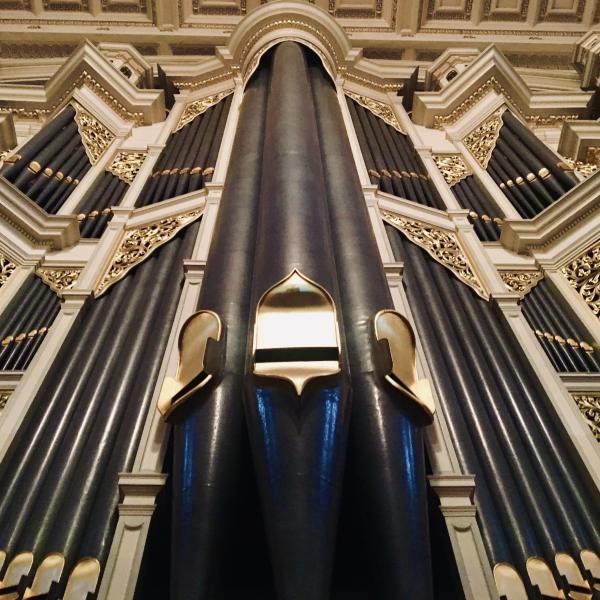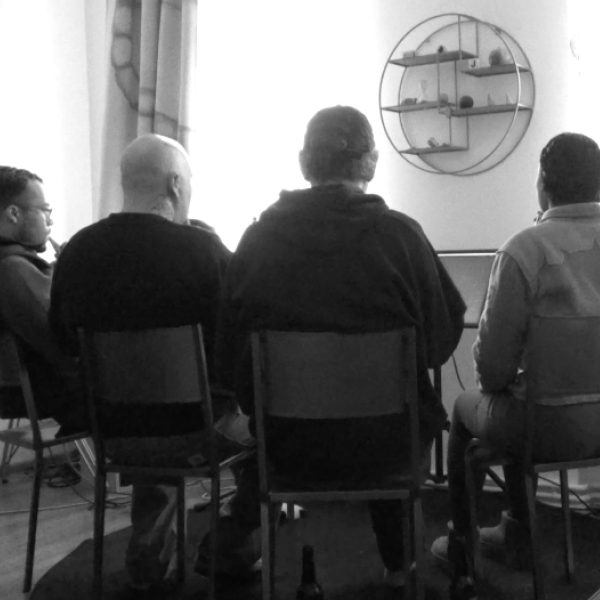Expressions through Embodiment of a Crip

A new work from Drew McMillan exploring his limited movement and musical expression. In this article there is a video about his thinking and process. There is footage of Drew's live expression, and a call for your contributions to his research.
your responses and contributions can be found on this linked page.
Welcome to my embodiment project in which I will try to share with you what it’s like to have limited access to the movements available in your body. Can I truly put across what it’s like to try and be expressive within these limitations? How can you find limitations within your own movements, and how can you find ways for being artistically expressive within these limitations? Do these limitations in fact open up new avenues of expression? Do they help us consider not only what it’s like for those with limited movement, but how we can find deeper creativity and expression without utilising the full range of our own movements?
I will first of all give you the history behind how I got to where I am, and why I only have limited amounts of movement available to me. There will be demonstrations of what I have been doing with those movements so far, but ultimately this project is about you experiencing your own expressions while limiting the range or accessibility of your movements. What really interests me is how you as a creative being will be able to contribute to this project by sending your own expressions for me to add to this project and this page. This part of the project, your contributions, will be the most exciting and rewarding not only for me, but I think for those either coming across to just to view the project or contribute to the project. Please, I do wish and hope you consider this to be a collaboration between myself and yourselves.
So, where do we begin?
History, is this the beginning?

How far do you go back? Where did it begin? Where does the moment begin? Each trick on the bike leading to the next? The fact that at 12 years old you did this all the time? That you would do just one more, or the moment you realise that the bike pedals are in the wrong position to push the front wheel up as you attempt to jump off the deck?
Or is it that the main thing I remember is the bright flash of vivid colours, inside my head, behind my eyes. Every colour in the spectrum bursting outwards from a central point somewhere in my brain like a spark, or even a multi-coloured star. And then I was still. On the ground, damp grass. I slowly opened my eyes knowing that what had just happened was definitely not good, and there, in front of me were a pair of feet. I recognised them as mine, but I could not feel them as mine. They had my shoes, my jeans, but felt detached, as if they were someone else’s.
And so, I slowly came to realise, this was what having spinal shock was, and eventually part of what being paralysed is like. But only a part. There could be a whole lot more to go into here, but that's not the purpose of this blog. This is about creativity, support, struggle and connectivity. So we will jump forward nearly three months to get to where that support began.
It was while still in the spinal unit, rehabilitating to adjust to my new life and circumstance of living with a spinal cord injury that left me paralysed from the chest down that I was lucky enough to be given the opportunity to see if I could do the music and sound design for a play at the Silo theatre, 'Suddenly last Summer' by Tennessee Williams. This was all down to the love and support from my good friends and theatre collaborators Shane Bosher (director), and Michelle Lafferty publicist for the Silo theatre. They basically asked me if I thought I could and would be able to do it, and without too much thought I said yes, sure. I got another friend to help work my computer, find archived sound files I had made in the past, and transcribe my incoherent singing, humming of rambling melodies into sibelius to make into music later, and we were away.
As the project progressed I received equipment that meant I could use my computer myself and so I began creating music and sound as best I could with my disability.
And that, I think, is how it began...
Embodiment Exercise
Further below are videos of where my journey has taken me in my approaches to live performance. But for now let’s see if I can share a way for you to discover within yourself similar experiences around limiting your movements. Embodiment Exercise is a video in which I will demonstrate the limits of my movements, and encourage you to explore ways of limiting your own. From there you can consider these as new ways to express yourself on your instruments.
Your Contributions
Watch the video below and then it is time for you to contribute to the project! This is where we collaborate, share and explore, hopefully not only a way of better understanding each other, but also discovering new ways for expression with less. Looking forward to hearing your explorations and what you come up with!
Email your offerings to drewmcm@blackbridge.co.nz or through the contact page on my website
Live Expression

Over the years, after working on that first theatre project, I have moved from just doing music and sound design for theatre and into performance. This transition took some time, as I could not figure out what or how to play.
I had been a saxophone player (along with other wind instruments, keyboards/samples, electronics and composition), playing and studying in a range of diverse settings and genres, and now I couldn't hold a saxophone let alone move my fingers to push down the keys. This was a huge blow (no pun intended), and I really didn't know how to face finding a solution to how or what instrument I could perform on or with.
Over the years after trying some attempts to play saxophone, but ultimately finding it difficult and a bit unfulfilling, (the first video below is from the vitamin S pool night), I eventually moved towards using my voice and laptop computer as an instrument (see the second video below).
Working with the laptop has extended my abilities to perform in ways that have been most rewarding, however the one thing that it is lacking is having the tactile feel and response of an acoustic instrument. Lately I have been performing with an electric guitar and a couple of pedals, as seen in the third and fourth videos. This has given me that response and the tactility or feel that lacks from performing with the laptop. The set up however requires a lot of assistance, not only with the guitar being large, but with getting the sound settings on an amplifier adjusted as I need. However it is still rewarding as a way to perform especially when I get the opportunity to play with such great musicians.

Since winning the country Women's Institute cup at the age of five years old for most indoor points in 1978 at the Dairy Flat Primary School agricultural day, Andrew (Drew) McMillan has dedicated himself to creative practice.
Although this award consisted mainly of flower arranging, making an animal or bird from nature (natural objects), a sand saucer, and a papier-mâché pig, it was not long before a path to music and sound became Drew's focus.
Latest interests and pursuits include researching and developing an artistic practice incorporating interactive gestural interfaces for electronic instruments, converting real world data into sound and composition, and network performance. This research is currently being undertaken in a PhD at the University of Auckland Music School.








